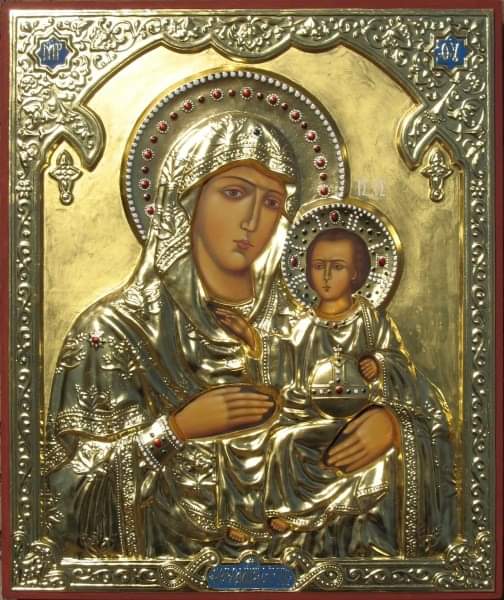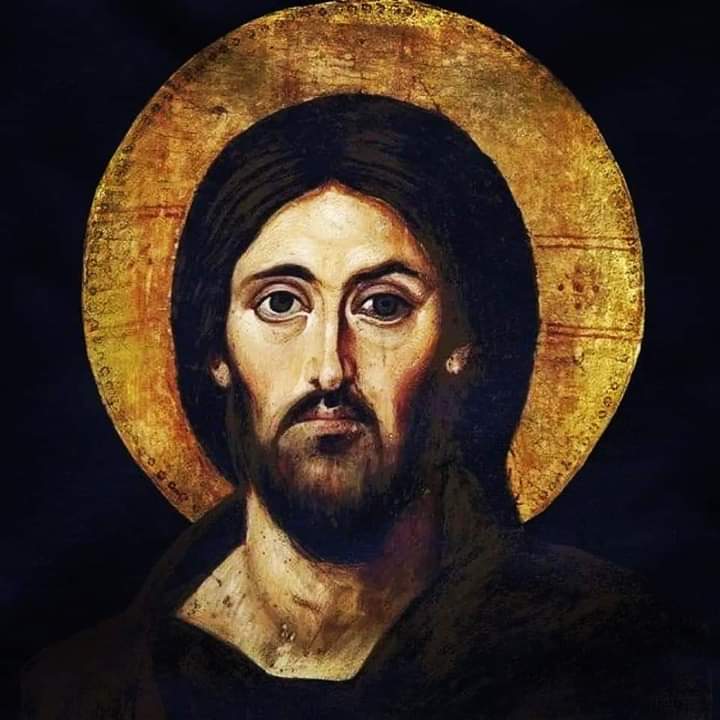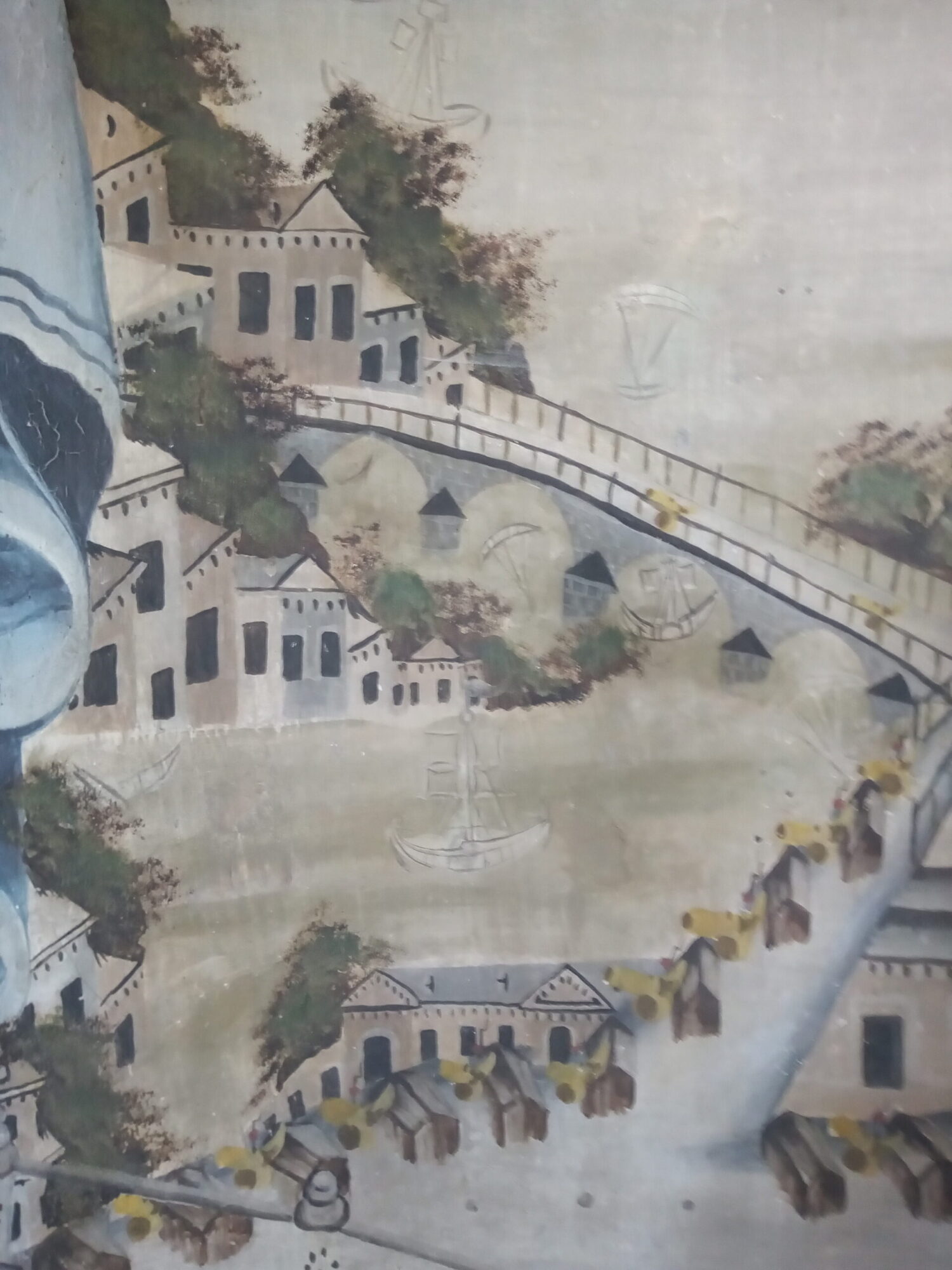Carnival, one of the most beloved and celebrated events in many cultures, has been around for several centuries. Its origin is rooted in ancient festivities that have undergone changes through the course of time and the influence of various cultures.
The roots of the carnival are found in ancient Roman Saturnalia celebrations, a festival of Saturn, the God of Seeding and Harvest. It was an annually celebrated event in mid-December that lasted for seven days with activities such as public banquets and carnival-style festivities. The use of masks and fancy costumes took place during the last day of the Saturnalia celebrations.
From Rome, the festivity spread across the Mediterranean region and was later adopted by the Catholic Church. The Church modified the festival and renamed it Carnival to connect it with the masses’ Catholic Christian beliefs. The carnival became a way to prepare for the period of fasting and introspection during Lent, a Catholic event where people prepare themselves spiritually before Easter.
By the 15th century, the procession of Carnival has gone through several changes, including a wider range of costumes and masks, as well as the addition of drums and music. In many countries such as Brazil and Trinidad, Carnival has been a source of cultural and national identity.
In Russia, during Soviet rule, all religious activities were limited and the Christian Lent, Carnival, and Maslenitsa (the Russian version of the Carnival) were banned. After the dissolution of the Soviet Union in 1991, Maslenitsa and other religious festivals were restored and Carnival regained its old customs and traditions.
Today, Carnival is celebrated in many parts of the world, from South America to Europe, Africa, and the Caribbean. Masks, costumes, drums, parties, and parades remain part of the festivities in the celebration of Carnival, an event with a deep history and roots that continue to transcend through the ages.












